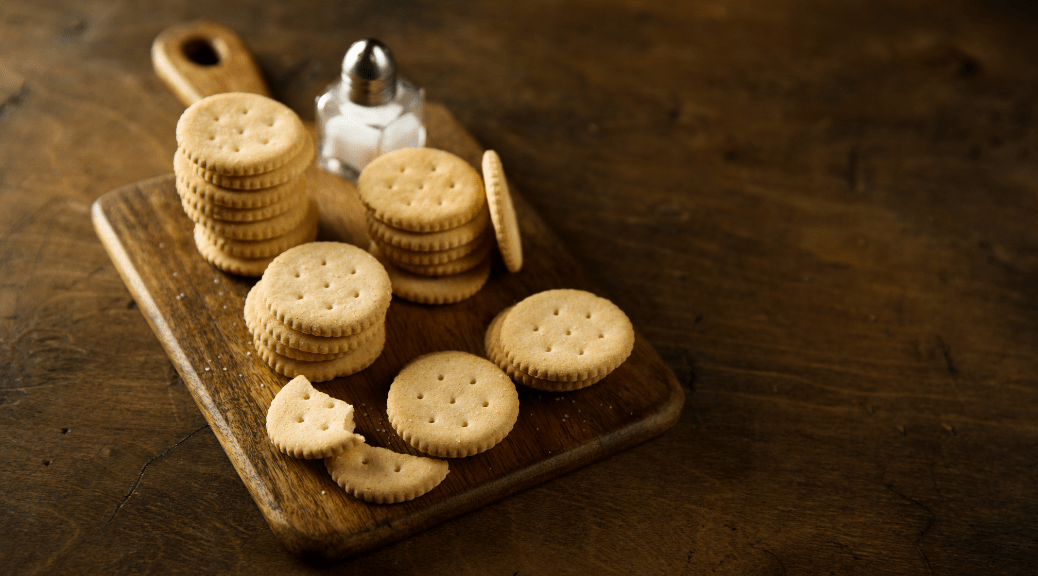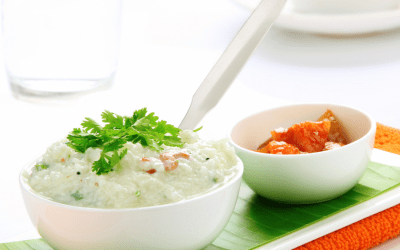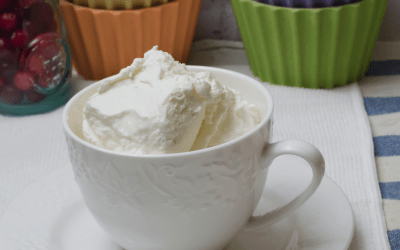By Ashok Kanchan
| Brand | Label Claims | Manufactured / Marketed |
|---|---|---|
| Britannia Nutrichoice | Sugar Free, Zero Trans Fats, No added colours | Britannia Industries Ltd. |
| Cremica Classic | “TRANS FAT FREE” LOGO | Mrs. Bectors Food Specialities Ltd. |
| McVtie’s Cheese | Trans Fat Free, Source of Fibre | United Biscuits Pvt. Ltd |
| Parle Nutricrunch | No added sugar, No artificial colours, Zero Trans Fat | Parle Products Pvt. Ltd. |
| Patanjali High Kick Kracker | 100% ATTA, Trans Fat Free, No artificial colour, Rich in Dietary Fibre | Patanjali Natural Biscuits Pvt. Ltd. |
|
Age Group |
Category of work |
Body Wt |
Protein |
Carbohydrate |
| (kg) | (gram/day) | (gram/day) | ||
|
Men |
Sedentary |
65 |
54.0 |
130 |
| Moderate | ||||
| Heavy | ||||
|
Women |
Sedentary |
55 |
45.7 |
130 |
| Moderate | ||||
| Heavy | ||||
| Pregnant woman |
55 + 10 |
+9.5 (2ndtrimester) +22.0 (3rdtrimester) |
175 | |
|
Lactation 0-6m
7-12m |
+16.9
+13.2 |
200
200 |
Carbohydrate, protein and fibre
| Sl. No. | Brand | Carbohydrate | Protein | Fibre / Dietary Fibre | |||
| In 100 grams (gram) | % of RDA for man / woman | In 100 grams (gram) | % RDA for man | In 100 grams (gram) | % RDA for adult | ||
| 1 |
Britannia Nutichoice |
72.0 | 55.4 | 10.0 | 18.5 | NM | – |
| 2 | Cremica Classic | 65.2 | 50.2 | 8.1 | 15.0 | 1.2 | 3.0 |
| 3 | McVitie’s Cheese | 68.6 | 52.8 | 8.0 | 14.8 | 3.1 | 7.75 |
| 4 |
Parle Nutricrunch |
72.3 | 55.6 | 9.3 | 17.2 | NM | – |
| 5 | Patanjali High Kick Kracker | 64.0 | 49.2 | 7.0 | 13.0 | 6.0 | 15.0 |
| Ingredient |
Green (Low content) |
Amber (Medium content) |
Red (High content) |
| Fat | less than or equal 3 gram | More than 3 gram to 17.5 gram | more than 17.5 gram |
| Sugar | less than or equal 5 gram | More than 5 gram to 22.5 gram | more than 22.5 gram |
| Salt | less than or equal 0.3 gram | More than 0.3 gram to 1.5 gram | more than 1.5 gram |
| Sl. No. | Brand | Edible Oils used in cracker manufacturing | Fat | Sugar | Salt | |||
|
In 100 grams (gram) |
Traffic Light |
In 100 grams (gram) |
Traffic Light |
In 100 grams (gram) |
Traffic Light |
|||
| 1 |
Britannia Nutichoice |
Refined Palm Oil & Palmolein | 15.0 | Amber | Less than 0.5 (Natural) | Green | NM | – |
| 2 | Cremica Classic | Palm Oil | 22.0 | Red | 1.8 | Green | 1.5* | Amber |
| 3 | McVitie’s Cheese | Palm Oil & Palmolein | 17.5 | Amber | 6.2 | Amber | NM | – |
| 4 |
Parle Nutricrunch |
Refined Palm Oil | 15.6 | Amber | 0.0 | Green | NM | – |
| 5 | Patanjali High Kick Kracker | Palm Oil & Palmolein Oil | 23.0 | Red | 13.0 | Amber | NM | – |
| Sl. No. | Brand |
Maximum Retail Price (MRP) (Rs.) |
Declared Net Weight (gram) |
Unit Price (Price per 100 gram) (Rs.) |
| 1 |
Britannia Nutichoice |
15.00 | 100 | 15.00 |
| 2 | Cremica Classic | 25.00 |
120 (100 + 20 Extra) |
20.33 |
| 3 | McVtie’s Cheese | 25.00 | 120 | 20.83 |
| 4 |
Parle Nutricrunch |
15.00 | 100 | 15.00 |
| 5 |
Patanjali High Kick Kracker |
10.00 |
90 (84 + 6 Extra) |
11.11 |
Related
Facts About Nutrients in Curd: It’s Truly Worth It!
We all grew up hearing from our parents and grandparents about how excellent curd is for health. Well, it seems that our elders were right. Curd is...
How to Beat the Heat with Curd?
Summers are possibly the worst time of the year for your digestion and gut health. It’s that time of the year when you don’t feel like eating...
Pros and Cons of Branded Curd: Should You Buy One?
The curd is one of the Indian superfoods that’s gaining a lot of global attention these days. The result, kids who used to stay away from curd when...




